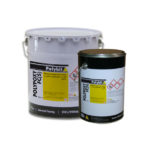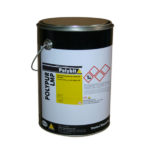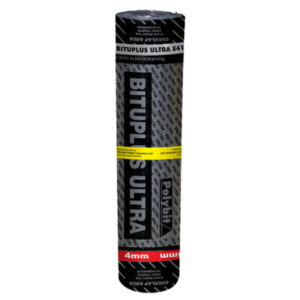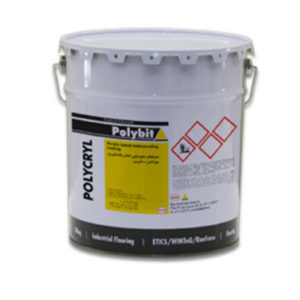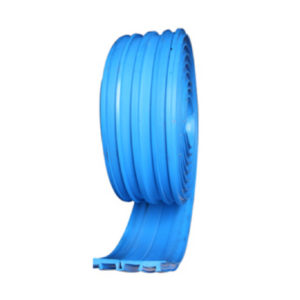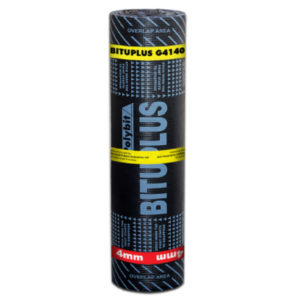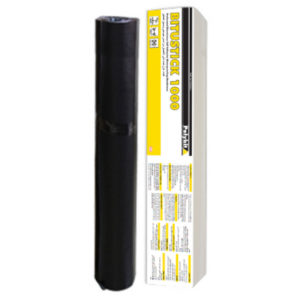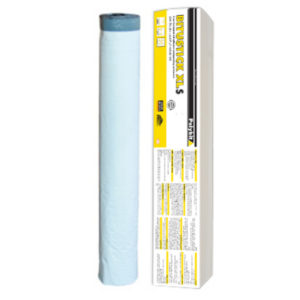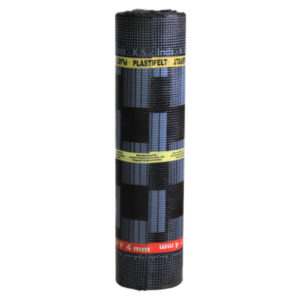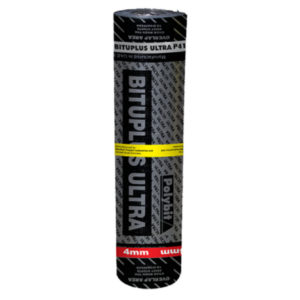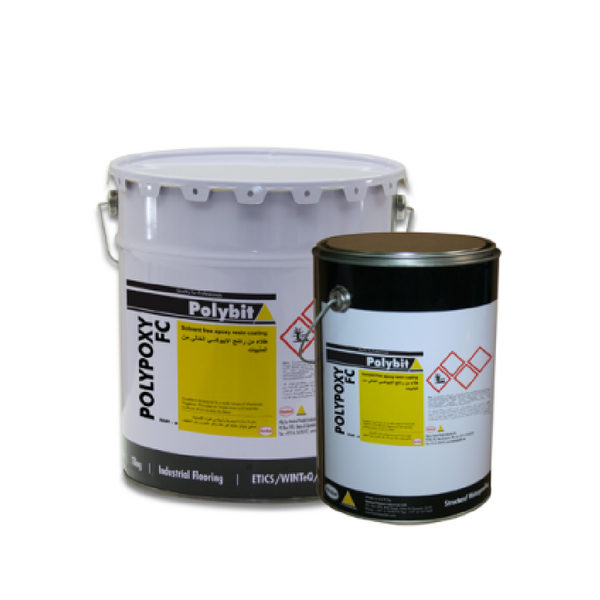
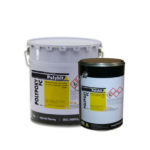
Polypoxy WB
Polypoxy WB
Water dispersed epoxy resin coating
Properties
- Easy to use and economical
- Good wear and abrasion resistance
- Good resistance to a wide range of chemicals
- Provides a dust free surface
- Easily cleanable
Description
Polypoxy WB is a two component water dispersed epoxy coating system for floors and walls. The cure coating provides a tough and hard wearing protective coating to the concrete surface.
TDS For Polypoxy WB
- Step by Step
Surface preparation
The surface should be dry, free of any cement laitance, oil and grease, curing compound and any other contaminants, which may affect the bonding. Light mechanical scabbling, grit/captive blasting or grinding is recommended for cleaning the surface of such contaminants. Refurbishment of existing or old floors must be done with a suitable repair mortar, in order to ensure that the bond between the old substrate and the new flooring system is very good. Surface irregularities and blow holes shall be repaired with Polypoxy BF* (Epoxy resin based blow hole filler and skimming mortar) or Ceresit RS 88* (cementitious repair mortar). Alternatively an epoxy resin based scratch coat can be used when repairing larger areas (> 0.5m2). The surface should be vacuumed after carrying out the cleaning for removing the dust debris left over after the cleaning process.
Priming
Priming is not required for Polypoxy WB and the coating be can be applied directly on the concrete surface.
Mixing
Mix Part A (resin) and Part B (hardener) separately for a minute using a slow speed drill fitted with a paddle mixer to remove any sediment. Then add Part B into Part A and mix thoroughly for 2–3 minutes to achieve a uniform and homogenous consistency.
Application
Polypoxy WB may be applied by squeegee, roller or airless sprayer. When the first coat achieves initial cure (i.e. after 24 hours) apply the second coat at right angles to the first. After application, the coating must be back rolled to reduce surface irregularities and to improve bonding. Care should be taken to ensure that a continuous film is achieved.

